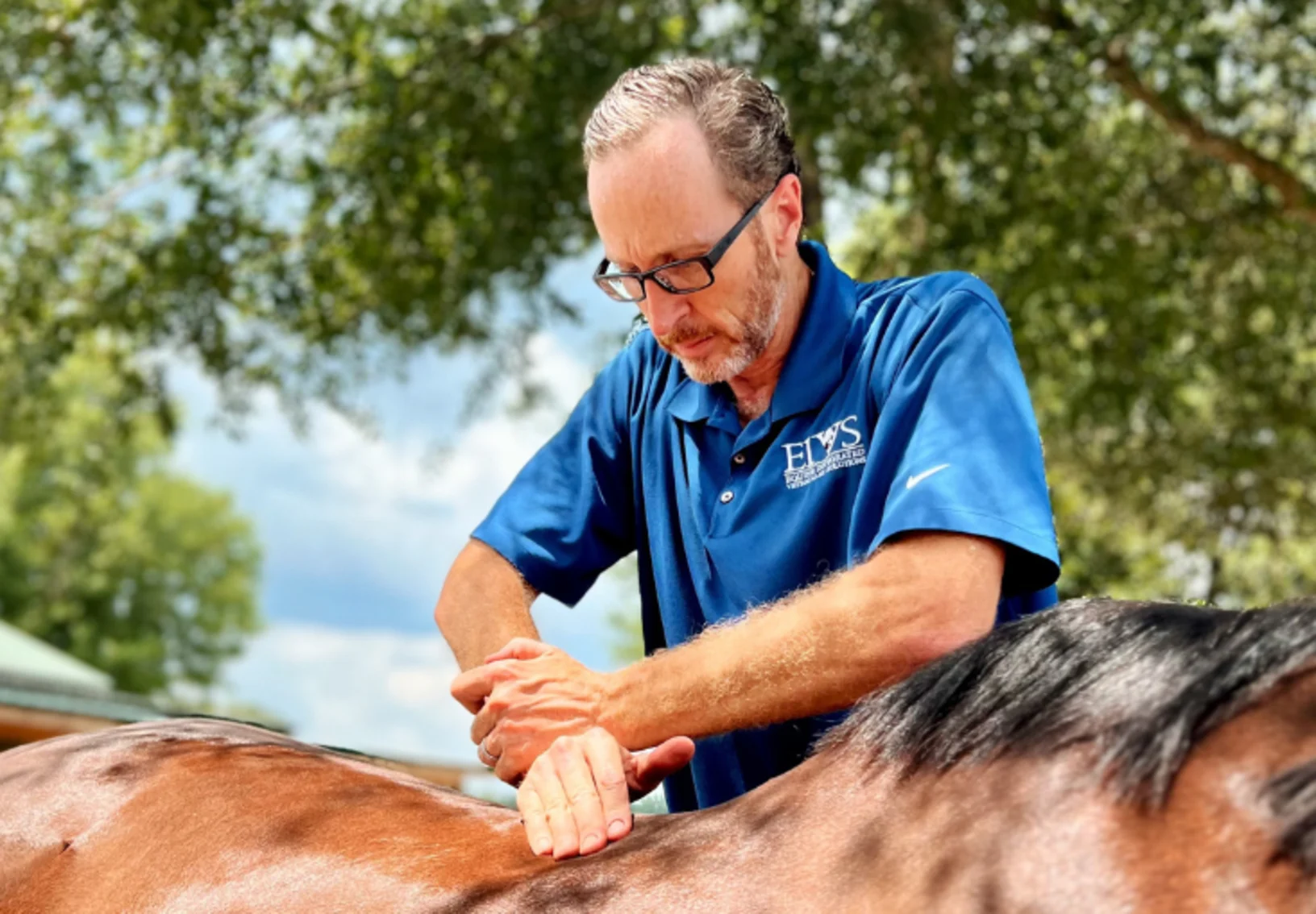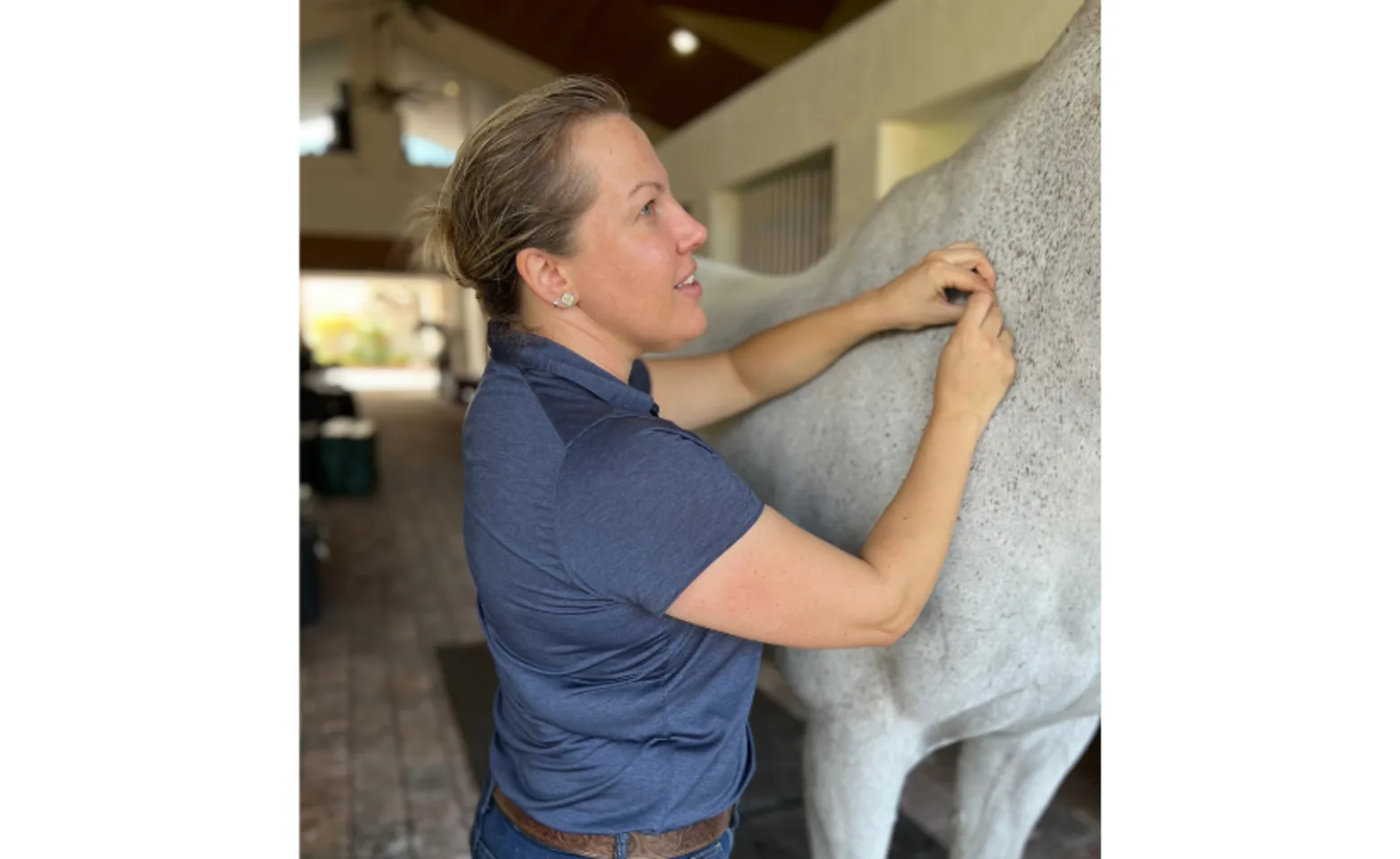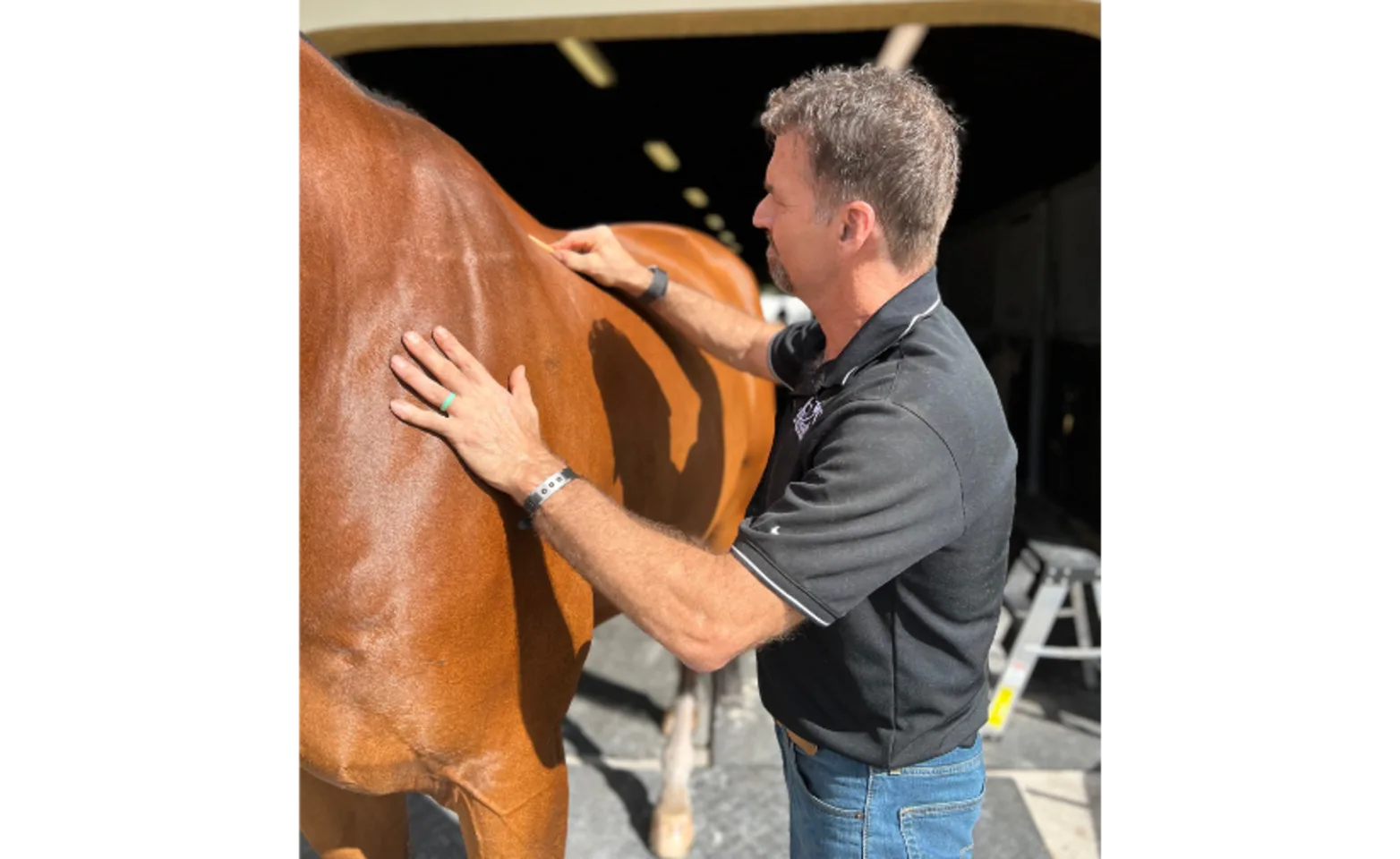Equine Integrated Veterinary Solutions (EIVS)


ACUPUNCTURE
Acupuncture is the insertion of a needle into specific points to treat imbalances in the body by restoring the natural flow of energy. The points are chosen based on a physical examination and Traditional Chinese Medicine (TCM) diagnosis. Acupuncture is well suited for pain management, especially as it pertains to performance horses. It can also be used to support and compliment a conventional (Western) diagnosis.

CHIROPRACTIC CARE
At any age or level of athleticism, equines can benefit from chiropractic care. Chiropractic treatment consists of controlled force applied to specific regions, commonly the spine, to cause a therapeutic response. The goal is to ensure smooth, coordinated movement of all spinal segments to optimize spinal joint neuromuscular function. Veterinary chiropractic treatments are not meant to replace traditional veterinary medicine and instead work best when integrated with traditional approaches.
